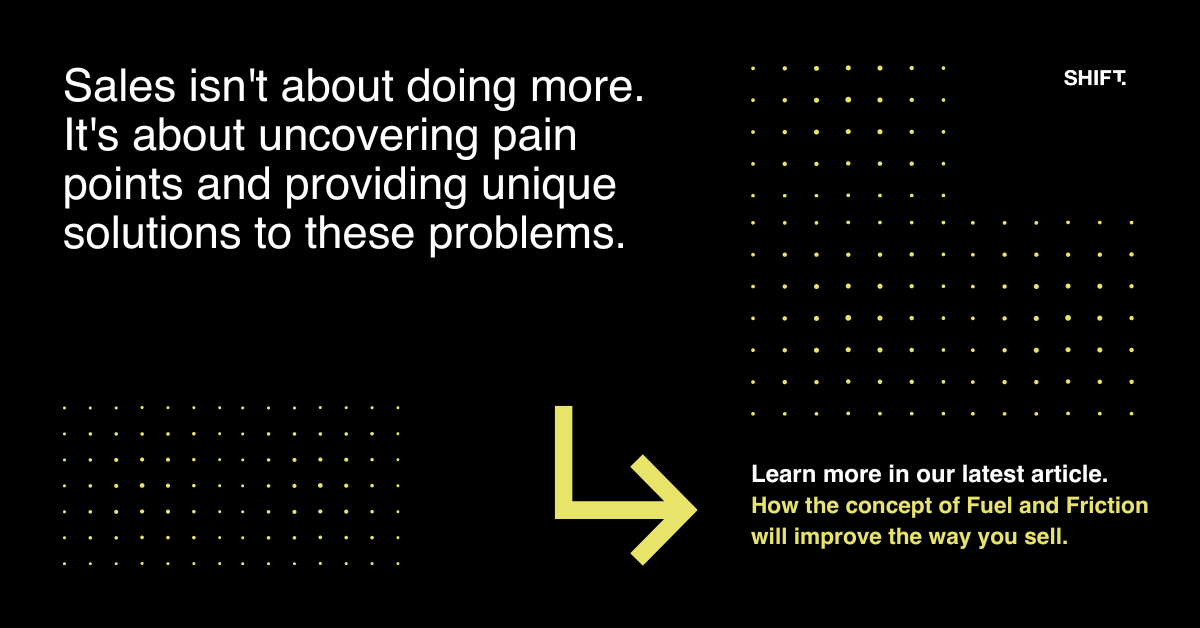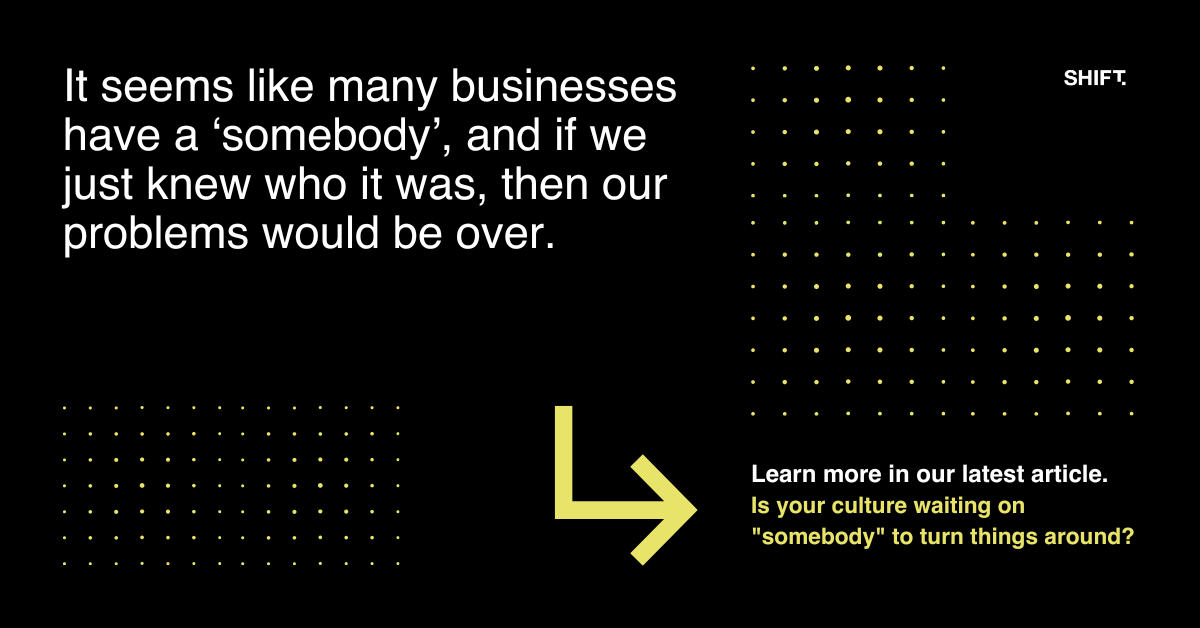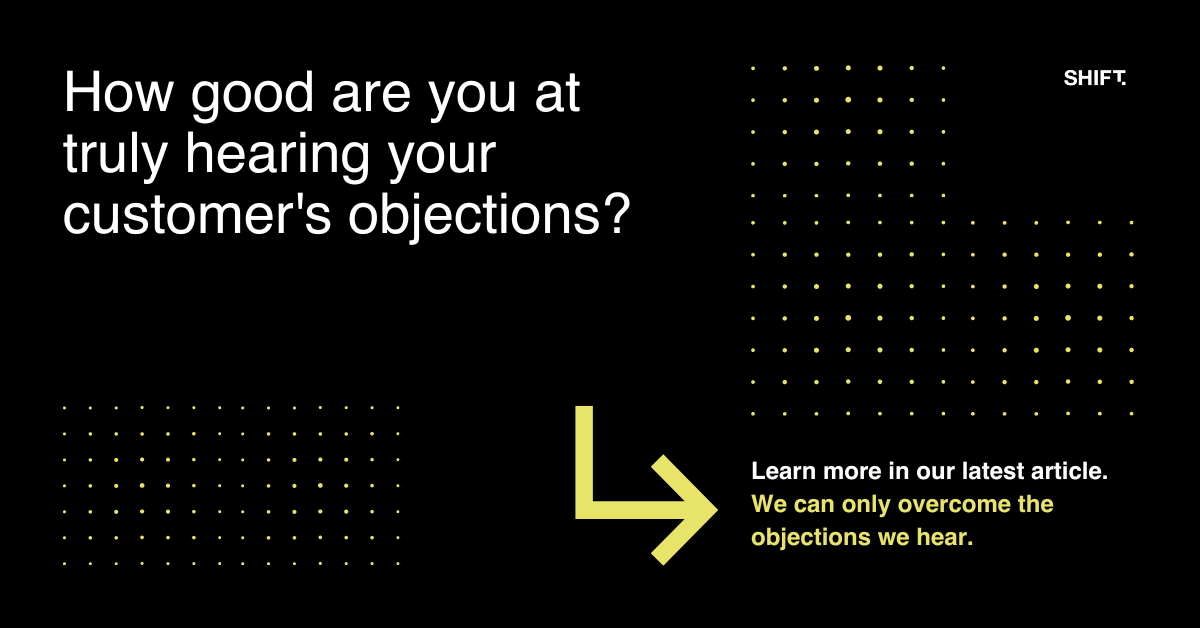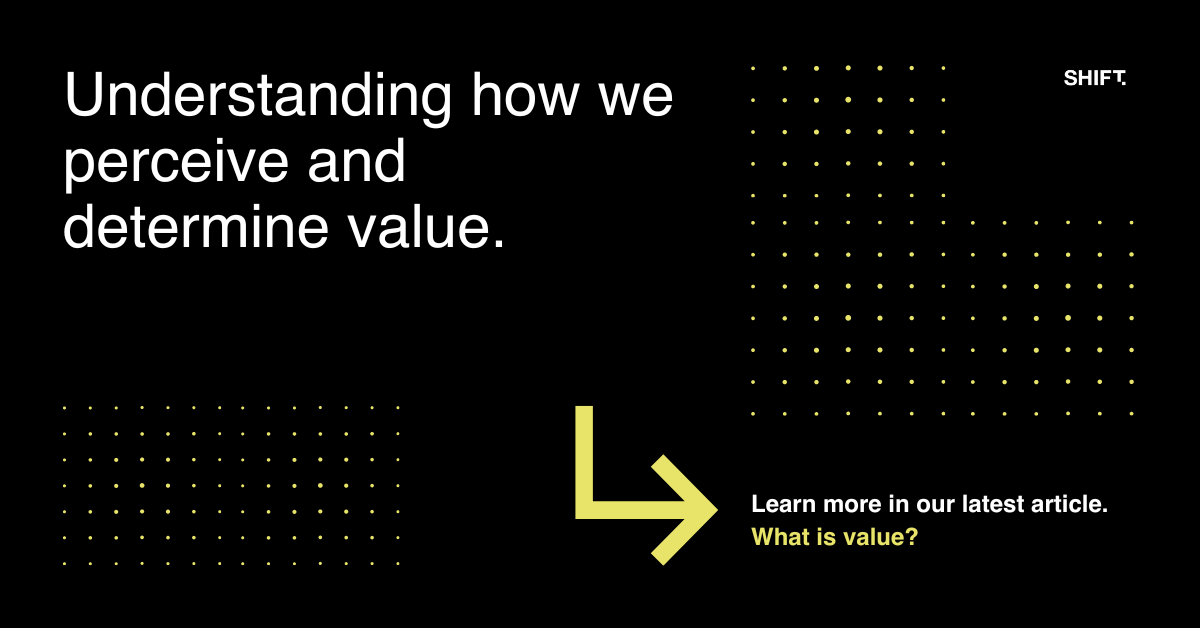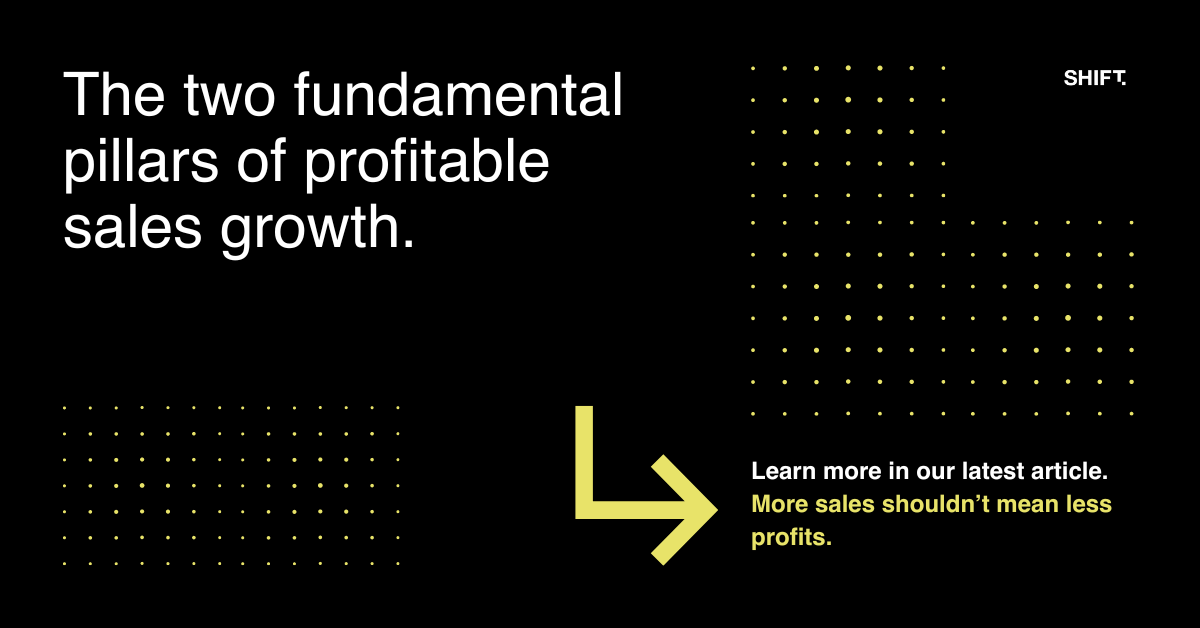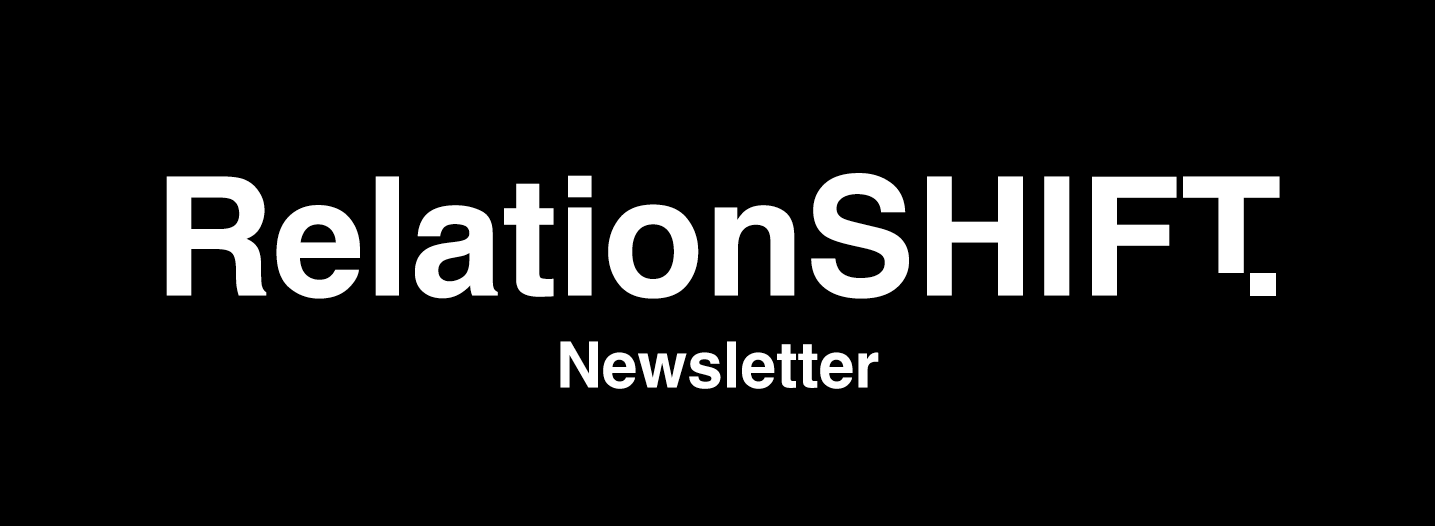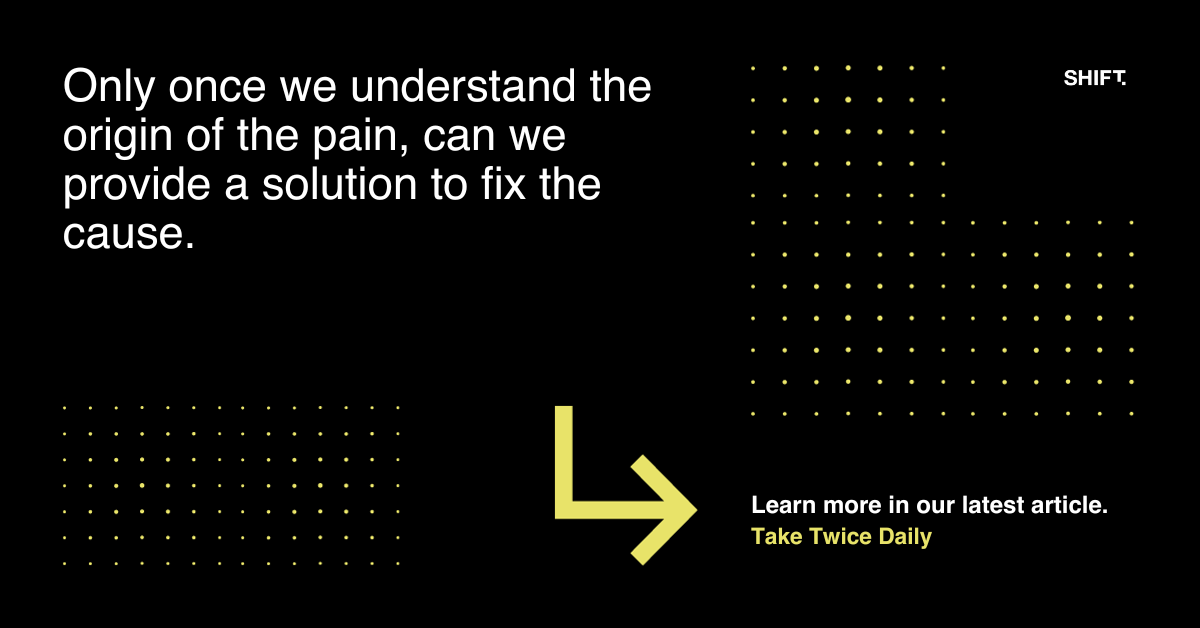"People don’t believe what you tell them.
They rarely believe what you show them.
They often believe what their friends tell them.
They always believe what they tell themselves."
‘Seth Godin’
When I first read this, some years ago, it hit me hard. In four simple lines, Seth had summed up the salesperson's dilemma and then the salesperson's salvation, so succinctly and beautifully. I have come to call it the salesperson creed (apologies to Seth if I have taken too much licence with this).
I have always believed that selling is an art form and that mastery - like all great art - takes time. But how do we know we are on the right path? Generally, the guide is the distance between us telling customers what is good for them based on what is good for us, and getting the customer to tell themselves based on what is good for them. It's a deliberate practice we need to become comfortable with to stay on the right path.
Many salespeople start selling by ‘learning on the job’. If they are lucky, they learn from someone who knows their craft, understands their customers and can coach and mentor them. Unfortunately for many, we are given a group of customers to look after, a budget and clear consequences if we don’t hit the budget. We are told ‘how hard can selling be’ by those who don’t spend time in front of customers, but instead, look for the dollars coming in. For many salespeople, the first lessons are about the importance of the numbers and what is good for the company - the customer is just a dollar sign.
Herein lies the salesperson's dilemma in the first two lines of Seths’ quote: 'People don’t believe what you tell them. They rarely believe what you show them'. This is where many salespeople start and stop - playing the numbers - celebrating when they win a sale and blaming everything and everyone else when they lose a sale. When you sell like this, you don’t have to know anything about the customer, just so long as you know they buy stuff. Often you are just facilitating a buying decision rather than selling.
The shift and the salvation comes with the next two lines: 'They often believe what their friends tell them. They always believe what they tell themselves'. The shift is that you now have to know everything about the customer. This seems so simple, but it isn’t easy. Moving from what is good for me to what is good for the customer is a quantum leap. It challenges our long-held beliefs and biases and brings our fears front and centre, pushing us into that scary space of fundamental change. It throws us into the knowing-doing gap - knowing there is something better and then having to do something about it. It's about understanding the customer, knowing if we have sold to their friends those friends will be our advocates. It’s about understanding the customer emotionally and with empathy so well, that we can give them the feelings and the words so they tell themselves.
So how do we move from dilemma to salvation?
- Stop thinking about what we sell in terms of what we get out of it
- Understand the sales numbers are just an outcome of how well we understand the customer, the value we offer and the value they experience
- Understand your customer. What is their day like, what are their beliefs, values, fears and ‘walk a mile in their shoes’
- Take the first step and keep walking, staying focused on the customer
- Continue to reinforce the right behaviour in yourself and others in your teams. You will need to do this to become the change you want.
The shift is not easy, however, the path is full of learning and connection, and it is always worth the walk.
Have fun.
